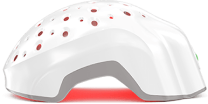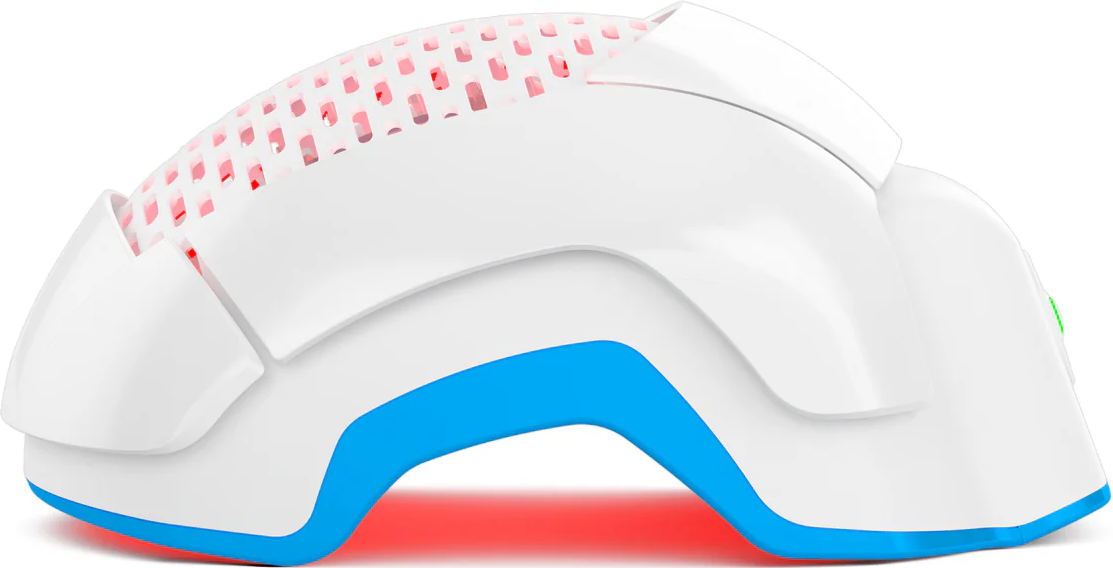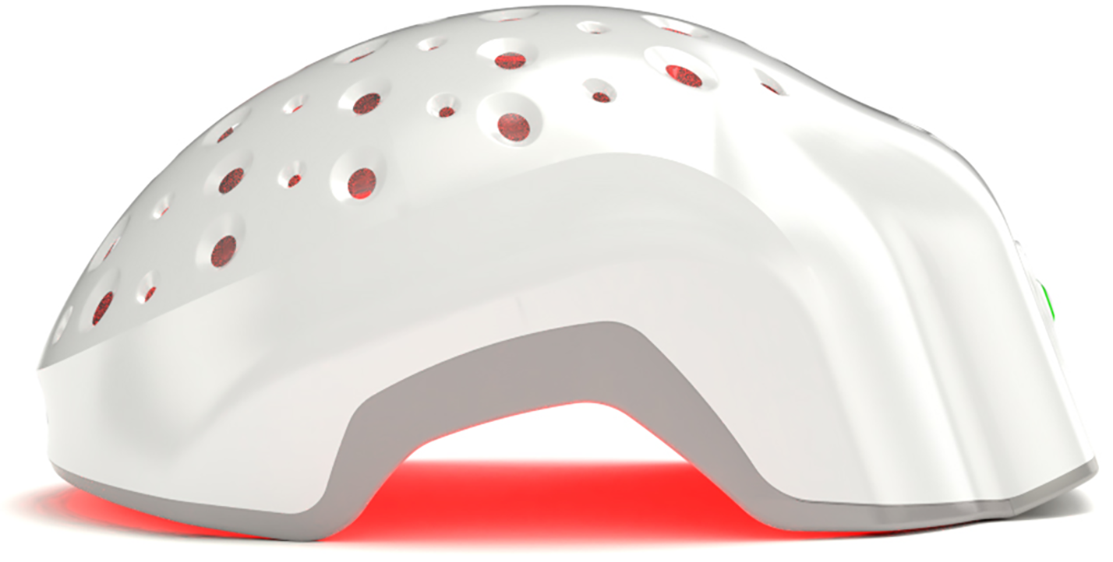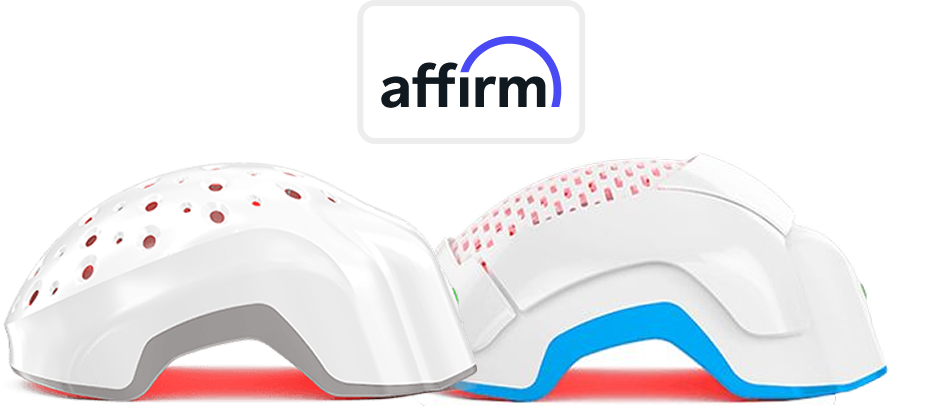Laser hair growth therapy is one of the most exciting breakthroughs in modern medicine. This natural, side-effect-free treatment offers a powerful solution to restore not only your hair but also your confidence.
But that's not all, there are some fascinating facts about this innovative therapy that you might not know. Here are seven surprising things about laser hair growth therapy:
1) It all started with mice.
Many years ago, in a Hungarian laboratory, Dr. Endre Mester was conducting experiments on mice, aiming to stimulate cancer cell growth. To enhance their absorption of laser light, he shaved the mice's backs. One group was exposed to continuous laser light, while the control group was not.
To his surprise, Dr. Mester noticed that the mice exposed to the laser light regrew their fur much faster than the control group. He soon discovered that his lasers were mistakenly set to a lower power output than intended.
Although Dr. Mester didn’t live to witness the full impact of his accidental discovery, he is now regarded as the father of laser hair growth therapy. Sometimes, science's greatest breakthroughs happen by chance.
2) It works just like the photosynthesis of plants.
Remember those high school biology lessons about how plants grow tall and green by harnessing sunlight? Well, humans share something with our leafy counterparts.
While we've evolved far beyond single-celled organisms, we too rely on light for survival. Our bodies convert sunlight into vitamin D through a chemical process, essential for our health. Similarly, plants absorb sunlight using chlorophyll, driving photosynthesis to create their own food (carbon dioxide) while releasing oxygen into the air.
Laser hair growth therapy works in a similar way. When laser light reaches the hair follicles, the mitochondria (the cell's energy producers) convert light energy into chemical energy, sparking new hair growth.
3) It targets the hair follicle base
Effective photobiostimulation relies on the mitochondria within your hair follicles converting light energy into chemical energy, effectively rejuvenating the follicles. Think of it like watering the roots of a plant rather than just the leaves.
To properly stimulate the base of the hair follicles, a laser hair growth device must penetrate the scalp with coherent light to a depth of 3 to 5 mm. Lasers are specifically designed to achieve this depth, unlike light-emitting diodes (LEDs). Additionally, the correct wavelength is integral for optimal penetration. For instance, a wavelength of 680 nm is ideal for reaching the base of hair follicles, which is why 100% of Theradome's lasers are engineered to emit this specific wavelength.
Other wavelengths are suited for different skin layers and applications. For example, a CO2 laser with a wavelength of 10,600 nm targets the epidermis and is primarily used for skin resurfacing and medical treatments, not hair regrowth. This is a commercial-grade wavelength and is not available for consumer hair regrowth devices. For hair regrowth, lower wavelengths are typically used to ensure effective energy absorption. Treatments generally require about 20 minutes to deliver an adequate dose to the hair follicle base.
4) It works differently on everyone
Laser hair growth therapy doesn’t have a one-size-fits-all effect. Its success can vary due to several factors. Genetics play a significant role, given that some people’s hair follicles are more responsive than others. Hormones can also impact effectiveness, as imbalances can affect how well it works.
Additionally, the underlying cause of hair loss, whether genetic or related to other conditions like thyroid issues, influences individual responses. And so, while many people benefit from the therapy, the degree of improvement can differ widely.
5) It works differently on everyone
Beyond boosting hair growth, laser therapy dramatically improves overall scalp health. It improves blood circulation, which delivers essential nutrients and oxygen to hair follicles, thereby promoting their health.
Moreover, it reduces inflammation, which can negatively affect hair follicles and contribute to hair loss. As such, by calming inflammation and addressing issues like dryness, laser therapy not only supports new hair growth but also creates a healthier scalp environment, leading to more resilient hair.
6) It prevents further hair loss
While laser hair growth therapy is well-known for stimulating new hair growth, it also helps prevent further hair loss. By revitalizing existing hair follicles, the therapy can slow down shedding and stabilize the health of active follicles.
This dual benefit both promotes new hair growth and stops hair loss to help preserve the hair you already have, offering a more comprehensive approach to managing hair loss.
7) It needs just the right amount of energy
Much like the fairy tale character who sought the perfect porridge, laser hair growth therapy adheres to its own "Goldilocks Rule". Achieving optimal results requires delivering the right amount of energy at precisely the right intervals to effectively stimulate hair regrowth at a cellular level.
High-quality devices follow the Arndt-Schultz Law, which states that weak stimuli result in minimal biological responses, while excessive stimuli can inhibit positive outcomes. This principle is similar to finding the right massage pressure - too light or too intense can both be ineffective or even harmful.
In laser hair growth therapy, delivering too much energy can cause damage, as the effects of laser energy are cumulative. For this reason, treatments should be spaced out to avoid excessive buildup of energy, which could diminish results over time. Initially, more frequent treatments may help build up a cumulative effect, but over time, it’s important to adjust your schedule to maintain an optimal balance for sustained hair growth.
For example, many of our customers report using the PRO LH80 helmet twice a week and the EVO LH40 helmet four times a week, as recommended. However, we’ve also heard from users who choose to use their devices more frequently, sometimes daily. If you decide to do so, please remember to allow for at least 12 hours of rest between treatments to maintain effectiveness.
Discover more about how Theradome can help you achieve the ideal balance for your hair restoration goals. Investing in the Theradome laser hair growth helmet can help you overcome hair loss and enhance your confidence with a fuller head of hair.






















